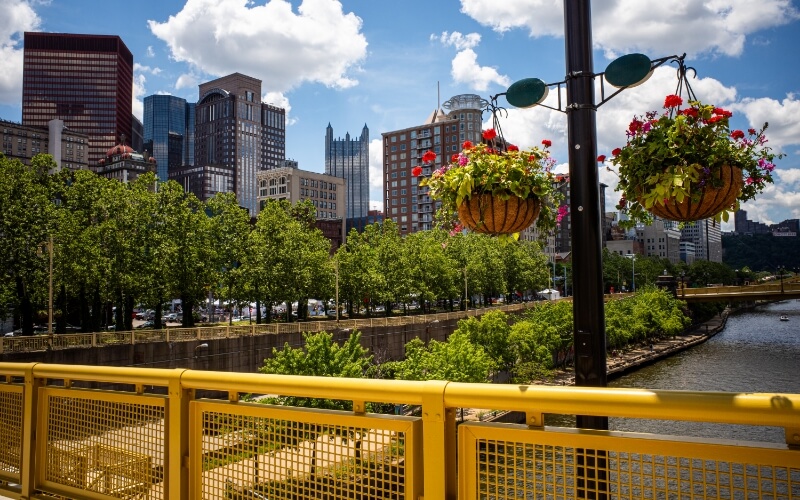Holiday Fire Safety
November 20th, 2023Unfortunately, the holiday season is a time of year when the number of house fires increases drastically. Here are 6 tips on holiday fire safety.
Unfortunately, the holiday season is a time of year when the number of house fires increases drastically. Here are 6 tips on holiday fire safety.
You may have heard about the fashion faux pas of wearing white after Labor Day. In the present, this tradition is usually treated as old fashioned and a joke. Few people will criticize you for wearing white articles of clothing after the first Monday in September, or even take notice of it except to wonder why it was ever a major concern at all.
If you grew up in the United States, you probably first saw John Trumbull’s painting of the Signing of the Declaration of Independence in an elementary schoolbook. This oil-on-canvas 12’ x 18’ painting hangs in the rotunda of the United States Capitol in Washington, D.C.
The celebration of Valentine’s Day is often seen as a modern institution, even if the roots of the holiday go back to Late Antiquity and the figures of St. Valentine of Rome and St. Valentine of Terni. It’s difficult to separate our view of February 14th…
Whether you’re watching the ball drop on TV or have some other New Year’s Eve plan in mind, we here at Boehmer Heating & Cooling wish you nothing but the best for 2014. Have a safe and happy New Year!
Thanksgiving is upon us: a time to get together with relatives, eat some great food, watch a little football or the parade, and stop to appreciate the good things we have in life. Beyond all that, however, there’s a fascinating history to the holiday and its traditions.
On the first Monday of every September, we celebrate Labor Day in honor of workers everywhere who strive to make our local community and country great. We enjoy the holiday like any other business as a time for BBQ, hanging out with friends and family…
The 4th of July will forever hold a very special place in the history of the United States of America. On this day in 1776, the second Continental Congress approved the Declaration of Independence.
Every year on the final Monday of May, citizens of America come together to honor those who have served our country. Formerly known as Decoration Day, Memorial Day came to prominence after the American Civil War to commemorate…
Do we serve your neighborhood?
